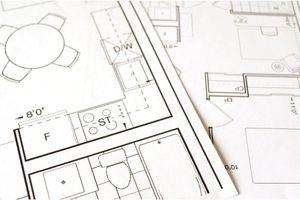-

"Mathufacturing" a Tiny House - DesignCourses Mathufacturing
Content Area(s) Manufacturing, Mathematics
Grades 9,10,11,12Instructor(s)
Jerry Eaton, Miguel Mejia
School
Alliance HS @ Meek Campus
Description
"Mathufacturing" is a Project Based Learning course that was introduced during the online school phase of the pandemic which coincided with a time of heightened awareness of social and racial injustice within the Portland community. The year-long project began with a course called "Mathufacturing" developed by math teachers Miguel Meija and Catherine Ordway and CTE-Manufacturing teacher Jerry Eaton. The class first studied with community partner Jackie Santa Lucia, an architect, educator and co-founder of Your Street Your Voice, a program that teaches young people about architecture and urban planning through an equity lens. Together they explored how math and manufacturing could address social and racial injustice in their community and decided to design tiny houses to address the critical need for housing in Portland. Students applied geometry, algebra, and computer-aided design skills to develop plans and budgets which they presented to a virtual panel of local architects and city planners. "This project made math fun!" said one student as he walked panelists through the design-budget tradeoffs in his spreadsheet. The initial course took place over 12 weeks. This course culminated in the construction of a small dwelling unit that meets city codes, design and budget requirements (See project card for "Mathufacturing a Tiny House - Build").
Project Length
12 Weeks
Project Deliverables
Student Work 1, Student Work 2, Student Work 3, Student Work 4
-
Reflections
The Tiny House Design project has been, and continues to be, a relevant and engaging projects for students. The project lends itself to additional iterations and takes students into their community through needed engagement with stakeholders and community partners. The project development allows students to cycle through the learning process as they create and test ideas, develop budgets and explore procurement options. By asking students to provide relevant information for future students the project is able to continue with a changing student body. Future classes will have the opportunity to build a shelter that will go out into the community and provide housing for an individual.
One area of improvement would be increased use of CADD for project development and design. The pandemic impacted access to software and student’s ability to learn the modeling and drafting software.


